On 8th September 2022, 50 days after the 16th Round of China-India Corps Commander Level Meeting at Chushul-Moldo in Eastern Ladakh, consensus was reached on disengagement of the Chinese and Indian troops in the area of Jianan La (Daban) also designated at PP15. Apparently, PP15 at the highest point, the Pass on the ridge line, approached along the upper reaches of Kurang Nalla, had been a sticking point, as the Chinese have constructed a road from Depsang Bulge to Jianan La. Patrolling by the Indian army patrols to the Pass was unacceptable to the PLA. The fine print of the ‘consensus’ on PP15 Area is unclear. Following the trend of previous disengagements, there will be fixed distance of patrolling moratorium (buffer) along the Kurang Nalla for the Indian patrols. The relationship of this buffer zone with PP15 or Jianan La is yet to be clarified.
Three issues of Eastern Ladakh LAC stand clarified by the consensus arrived for PP15. First, is the changed character of LAC. In the area from Daulat Beg Oldie (Chip Chap River), to Raki Nalla (Bottleneck), Galwan River (PP14), Kurang Nalla (PP15), Gogra (PP17A), Pangong Tso North (Fingers 3-8), Pangong Tso South and Kailash Range (Rezang La and Rechin La), a differing distance buffer-land (moratorium on patrolling) for each place has been agreed upon. This in fact fixates the LAC in the Aksai Chin. This arrangement suits PLA as it avoids patrol-clashes, chanced fisticuffs and stand-offs, which had become a regular feature and problematic for them for over a decade. Evidently, Chinese had conceived a strategic game plan for the entire Eastern Ladakh border, and not a simple salami-slicing like in the South China Sea or targeting a few friction points! Eastern Ladakh and Aksai Chin will hereinafter be separated by a benign fixated line, with lateral separation between PLA and Indian army troops.
Second, the stand-off at Chardingla Nalla (or Demchok Nalla) may take some time to resolve. The Chinese have an unpaved very steep road to Charding La (5828m high pass) from the South. This Pass is on the LAC and hence has been patrolled by Indian Army from along Chardingla Nalla (also called Demchok Nalla). Stand-offs in the Chardingla Nalla or the CNN Junction (Charding La-Nilung Nalla Junction) have been regular feature and this is hence a legacy issue. It can be surmised that the heart of the matter is denial of patrolling to Chardingla by Indian patrols, as it was for PP15/ Jianan La. To arrive at a consensus for buffer zone is not going to be easy, and hence the ongoing stand-off at Chardingla Nalla may take some effort and time to resolve.
Third is the issue of achieving status quo. The Chinese Foreign Ministry spokesperson Mao Ning on 09 Sep 2022, while calling PP15 consensus a ‘positive development’, categorically reiterated that it would not accept India’s demand to restore status quo prior to China’s transgressions. She stated that, “We don’t accept the so-called status quo created by India’s illegal crossing of the LAC, but that doesn’t mean we don’t attach importance to peace and tranquillity along the border…..China and India hold different positions on the border issues.” The Chinese Foreign Minister Wang Yi had previously clearly indicated the position that India and China, “…need to take a long-term view, shift from emergency management to normal border management and control mechanisms, and prevent border-related incidents from causing unnecessary disruptions to bilateral relations." The statement plainly specifies the official Chinese position on the LAC in Eastern Ladakh. One of the readout post WMCC talks by the Chinese had stated the need to “further ease the situation in the border area and strive to switch from emergency response to normalized management and control.” The inference is that where the forces exist today should be taken as firm dispositions and normal border management control should commence hereafter.
Even at the sake of repetition, it is necessary to highlight that there have also been very significant changes in the Tibetan and Xinjiang strategic geography. The newer strategic assets include planned construction/ upgradation of road in the proximity to the LAC (G695), underground silos, blast pens in airfields, missile sites, positioning of PLAAF aircraft, new road-rail structures, and changing the demographics of border areas. The 14th Plan will witness Chengdu-Chongqing world-class airport cluster and 30 more civilian transport airports. Currently, Tibet and South Xinjiang have 12 airports operating/ under construction. The 739km long oil pipeline from Golmund to Lhasa will have a new 1076km long parallel Snow Mountain Oil Dragon Pipeline with increase in oil depots in Tibet to ten. China has already installed central power grid connection across all 66 counties and eight districts in Tibet. These speedy and militarily focussed infrastructural upgradations cannot be overlooked.
That brings to fore the omnipotent question, what next? The obvious implication is that China has negotiated a benign and relatively peaceful border. It has created newer military or dual-use infrastructure, and the PLA military formations that had been side-stepped from Xinjiang, have now firmed-in new semi-permanent habitat/ military stations. Hence, it may be assessed that de-escalation or de-induction is not on the cards.
Contextually, it also must be stated, that despite the much escalated deployments, wars are very messy affairs, with no assured end-state. Even an asymmetrically advantaged nation can fall into dire straits. To an authoritarian regime keen on showing invincibility and all-importance of its Armed Forces (PLA) and political processes (CPC), apprehensions of reversals will tantamount to undertaking hara-kiri! The larger geopolitical environment in China does not indicate any war clouds on the horizon against India. Intentions/ escalation dominance cannot, however, be guaranteed in a trust-devoid situation. Indian attempts to reach her immense potential and the geostrategic all-important location can best be checked by retaining the Damocles’ sword of China Threat in perpetuity! As a corollary, therefore, China has no plans or intention to settle the border with India. Status quo of retaining the geostrategic pressure across the borders and stretching India suits China.
It also needs appreciation that China is the second largest global economy and largest manufacturing hub and exporting nation. Despite some economic moderation and evident challenges, China’s current global trade and FDI statistics indicate resilience. India has a burgeoning trade with China, is seeking commitments for sending students back to Chinese Universities and is politically/ diplomatically linked through many global and regional organisations. These are definite relationships between China and India that cannot be brushed under!
Taking the argument of continued geostrategic pressure, India needs to appreciate and plan out border-management posture. In 2020/21, India had mirrored induction along the Northern border that has continued thereafter. For the long haul, status quo of the escalated deployments may prove counter-productive and exhausting! Pathways for peace-field profiling and placement of units on the Northern Borders, especially infantry and artillery, need analysis. Some quintessential posers may provide some direction. Is it possible to retain ‘heavy weapons and equipment bricks’ for reinforcement infantry units in high altitude, to facilitate faster induction by air, if need be? Can we transit to the concept of ‘light infantry’ then? An effective operational logistics plan will allow a balanced quantum of force to be retained in super-High Altitude, and reinforced when required. Should not Surveillance and Target Acquisition (SATA – dealing with ISR) units of artillery be permanently configured on sectoral profiles, with only manpower transferred on Corps roaster like for Services? The latter will also provide much needed sectoral ISR expertise and data base creation.
Should not the logistics management be revised to a pull-model that is sustenance cover based upon consumption data and not be on current push-model based fixed predicted entitlement that leads to large wastages? Will it be advantageous to containerise unit-wise requirements at logistics bases in peace stations like Chandigarh/ Hindon, to save on bulk-breaking and distribution effort in high altitude by logistics units? It will also facilitate de-induction of large logistics paraphernalia from high altitude to base bulk-breaking depots! Can we save on the very large fuel transportation by establishing pipelines? Arctic pipelines exist in permafrost conditions, including in Siberia, and can be planned for the long term.
Can we undertake an authentic study on acclimatisation with recommendatory features for best mobilisation/ induction? Should we create plenty of oxygen generation systems all along the LAC with focussed facilities for effective medical care in closest proximity? Indeed the list of posers is not exhaustive.
In sum, even without dark, ominous war clouds on India’s Northern Borders, very many indicators from the PLA do indicate caution in the middle and long term. Caution is mandatory in the Central sector and North-East lest we are placed in a similar quandary of creating buffer zones! China will maintain geostrategic pressure on India as a CCP policy, with very limited movement on border resolution. Even with limited conventional war options for China, the events of 2020 have also led to severe trust deficit. While concerted efforts are on creation of road-rail infrastructure there is need to re-examine the Northern Borders profile, catering for a long haul!
(The paper is the author’s individual scholastic articulation. The author certifies that the article/paper is original in content, unpublished and it has not been submitted for publication/web upload elsewhere, and that the facts and figures quoted are duly referenced, as needed, and are believed to be correct). (The paper does not necessarily represent the organisational stance... More >>
Image Source: https://static.toiimg.com/thumb/imgsize-23456,msid-94106522,width-600,resizemode-4/94106522.jpg

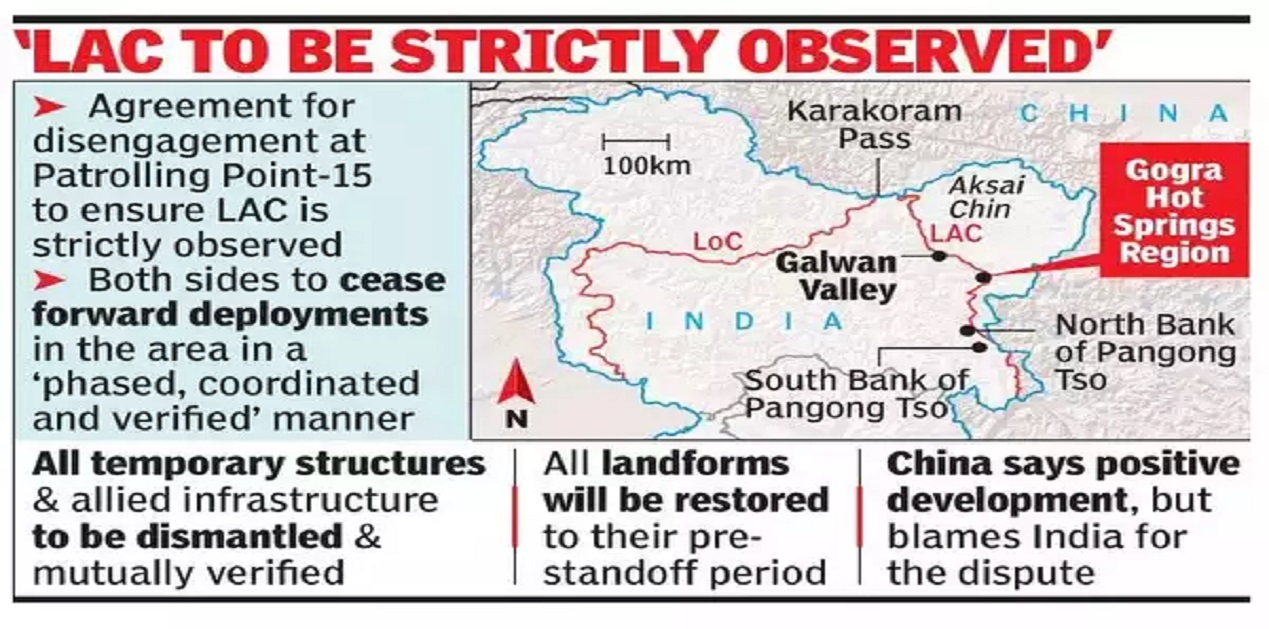

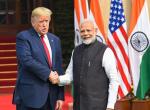


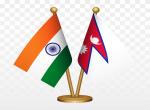

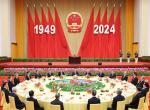

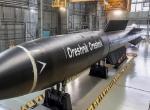
Post new comment